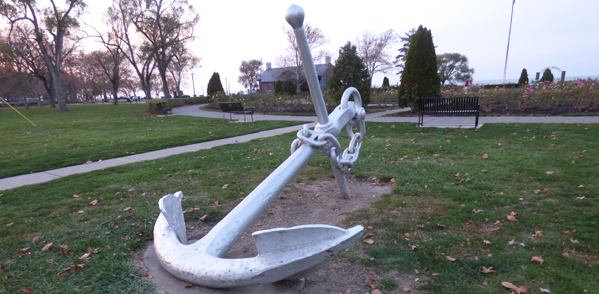SECURE ATTACHMENT
Gabor Mate points out that survival may be a human's strongest instinct, but our primary drive is for secure attachment.
This need for attuned connection is so strong it can even override the need to survive, at times.
This is true for many species. A baby duck, for instance, will attach to another animal (such as a horse or cat),
if it cannot securely attach to it's duck parents.
A human infant or child, who can't securely attach to a primary caregiver, might attach to the family pet,
their toys (inanimate objects), or their peer group.
Who or what did you attach to as an infant/child?
There are 4 main types of attachment styles.
- Secure Attachment, which can be learned at any time (any age).
- Anxious Attachment - this can manifest as clingy and too needy, pushing for increased intimacy when afraid. As a result of being left on your own too much, physically and emotionally, you yearn for a close connection with someone, who will be around all the time and do everything with you.
- Avoidant Attachment - this can manifest as being too distant in general and pulling away from intimacy when things get scary. As a result of a caregiver not giving you any space, you now want lots of space in a relationship.
- Disorganized Attachment - this is a combination of anxious and avoidant.
Sometimes you're anxious (needy) because you're starved for love,
and sometimes you're avoidant (running away from love) because intimacy feels too scary.
There is strong evidence for a connection between addiction and disorganized attachment, according to Dr Mark Schwartz. I think he is onto something. In one survey conducted, 95% of the addicted participants had a disorganized attachment style.
